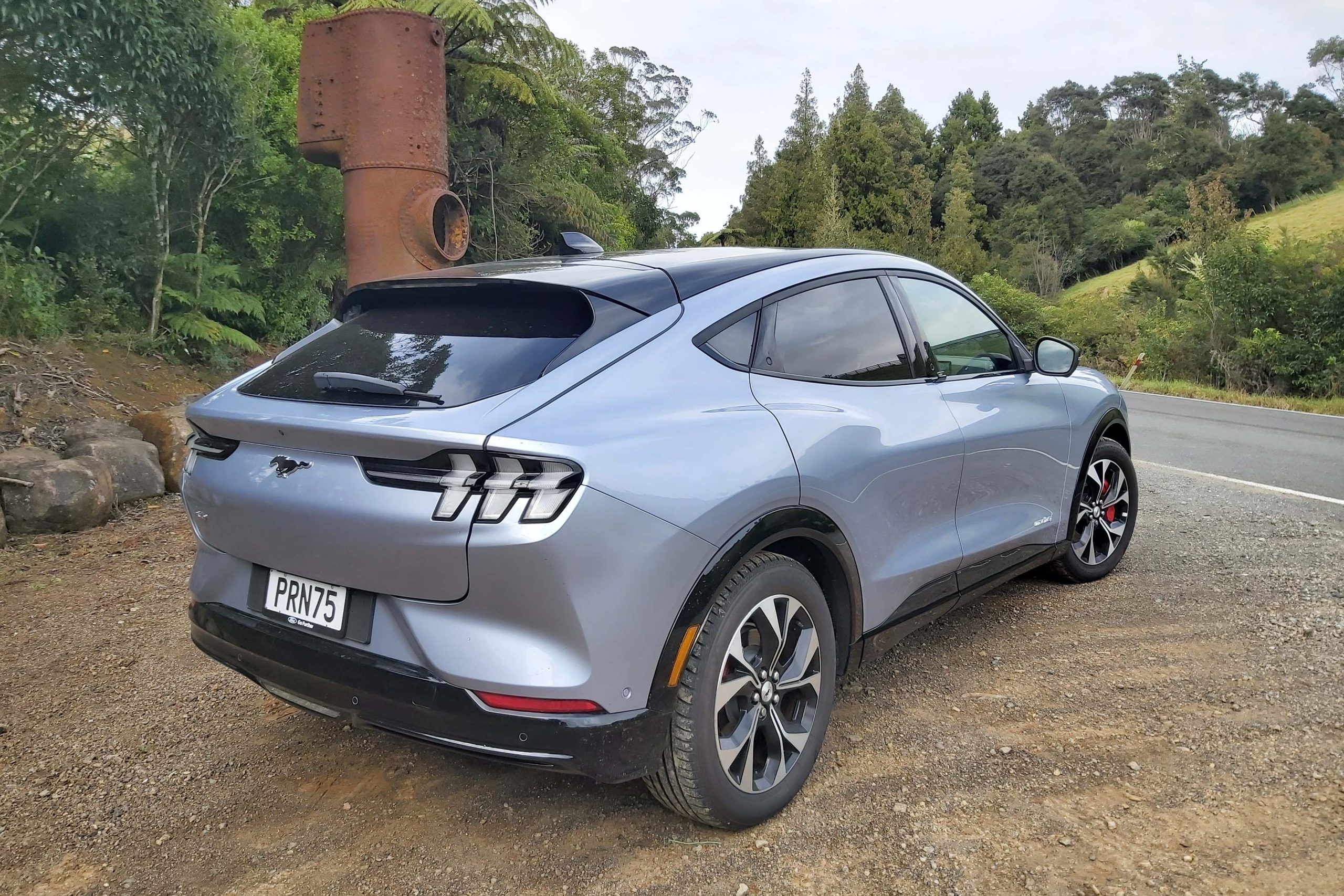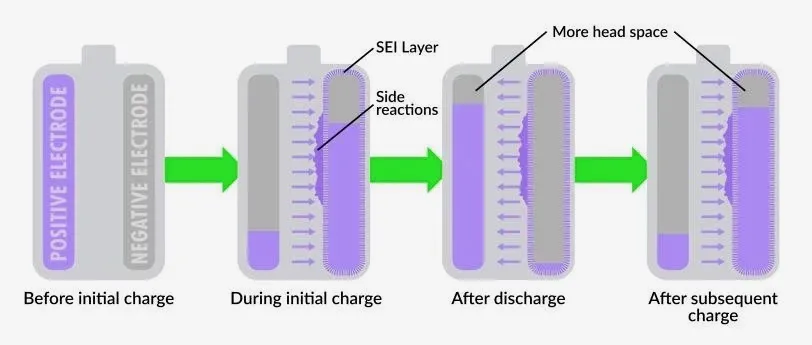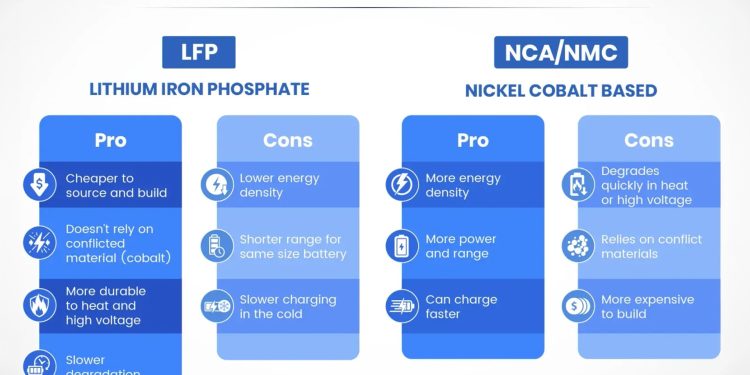Charging Tips for LFP Battery Chemistry
Words NZ Autocar | Images Green Car Reports, Recurrent
Lithium iron phosphate (LFP) batteries are increasingly popular, especially for affordable EVs. They now account for around 20 per cent of the EV market. Should you charge them the same way as you would for the dominant nickel manganese cobalt (NMC) chemistry? Well, not quite it would seem.
Automakers are recommending different best practices for their LFP-equipped vehicles. Regarding the Mustang Mach-E, Ford suggests that it’s ideal to set the maximum charge rate to 100 per cent and charge to that level at least once a month. Tesla says its LFP-equipped cars should also be charged to full. That’s rather different from the advice given by car makers who use NMC battery packs; they suggest charging to no more than 80 per cent.

Evidently, charging LFP cells to 100 per cent aids in calculations of remaining charge, which is normally based on voltage. LFP cells have a flatter voltage curve, meaning they’re at roughly the same voltage regardless of the state of charge. Charging to 100 per cent causes a voltage spike that serves as a marker for determining the state of charge.
However, a recent study indicated that high states of charge lead to greater battery degradation. State of charge was found to be the most important factor influencing capacity loss, with higher states of charge accelerating the process.
Thus, best advice for an LFP-based EV is to charge the battery pack only when needed. The same study found less degradation in LFP batteries charged from 0-100 per cent compared with those charged from 75-100 per cent. It’s best then to avoid smaller charge cycles with a high starting point with LFP batteries. That isn’t necessarily the case with NMC cells. However, it is also important not to let the battery drain to 0 per cent, which can permanently damage the cells.
First battery charge appears critical
Another relevant finding to emerge recently is that an EV battery’s first charge is important to its subsequent state of health or more specifically its longevity.
A study by Stanford University’s SLAC-Stanford Battery Center found that giving lithium-ion batteries their first charge with a high current charger (20min rather than 10 hours) increased their average longevity by 50-70 per cent.

When it is freshly manufactured and before charging, a battery cell’s positive electrode contains a given amount of lithium. This is slowly lost as the battery is used, reducing its lifespan. However, researchers found that losing a greater amount of lithium during the initial charge could actually be beneficial long term.
That’s because the first bit of lithium forms a layer called the solid electrolyte interphase (SEI). This is found on the surface of the negative electrode. It helps protect it from reactions that could speed up battery degradation.
Manufacturers generally charge batteries with low current initially believing this forms a more robust SEI layer. However, it would now appear that higher initial currents and quicker charging are actually better for long term battery health. Higher current was one of the two main factors in producing the best results, according to researchers, the other being battery temperature.
Many EVs sold nowadays appear to resist battery degradation well. But an initial robust fast charge to boost battery longevity might provide peace of mind to consumers.





